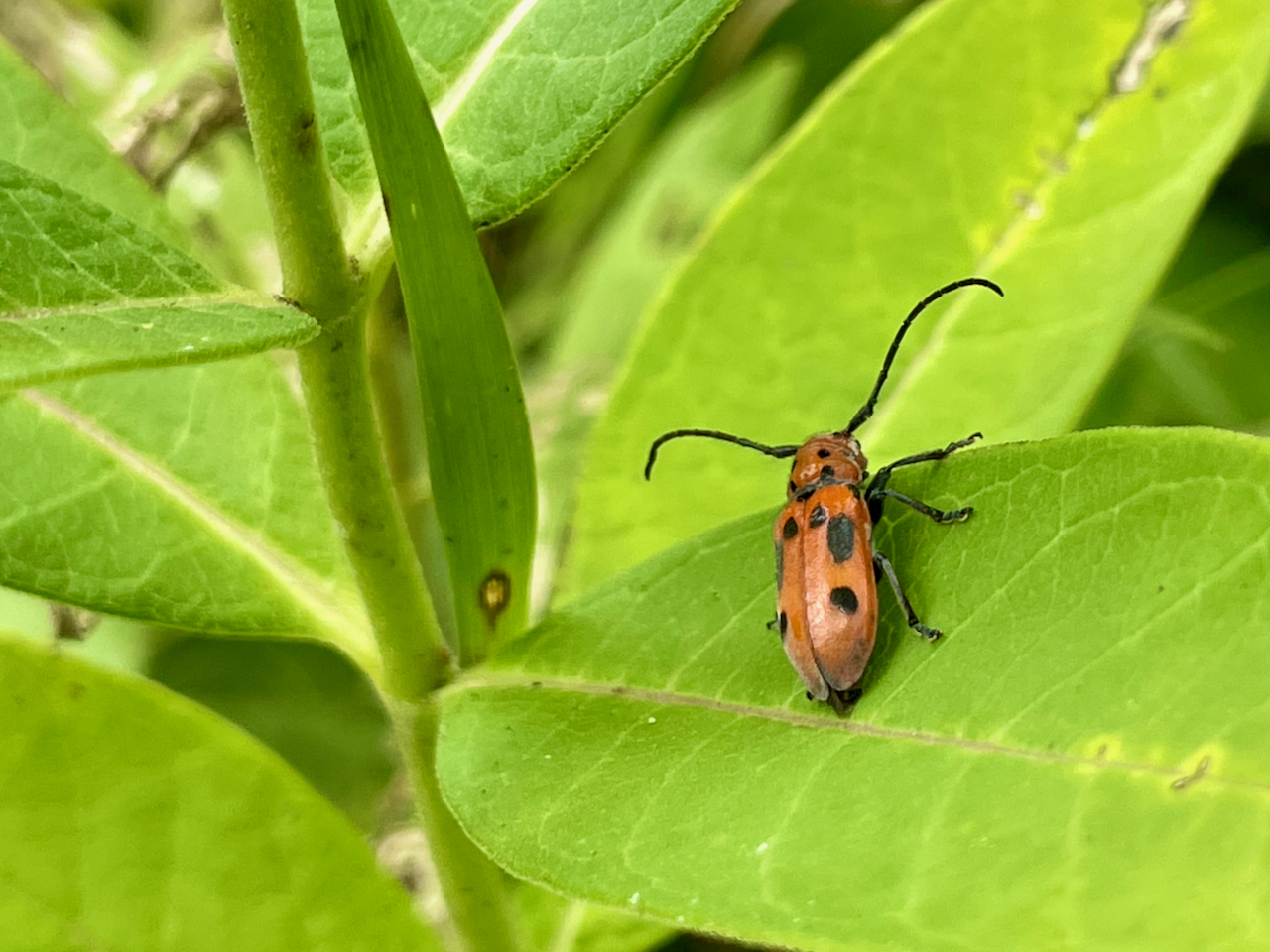Many diverse groups of organisms — from butterflies to beetles to beneficial bacteria — spend their lives intimately associated with host organisms, and evolutionary biologists have long believed that those intimate associations are responsible for the diversity of these groups. A study by CSUN Associate Professor of Biology Jeremy Yoder and three graduate students in his lab bolsters the case for this scenario. As described in a paper recently published in the journal Evolution Letters, the work describes a pattern of parallel diversification in the genetics of host plants and species that live in close association with them.
New species form when populations of a single species evolve differences until they are no longer able to interbreed. The earliest stages of the process are detectable as genetic differences among geographically separated populations of a species — if an associate species evolves differences as a result of its interaction with its host, genetic differences among populations of the association should mirror differences among populations of the host. Yoder and Master’s alumni Alby Dang, Cate MacGregor, and Mikhail Plaza worked together to assemble published genetic data from pairs of associate species and their host plants, and then tested each pair for this pattern of parallel genetic differences.
They found that associates’ genetics mirrored their hosts’ more often than not — and that this pattern of parallel genetic differences was stronger than could be accounted for by the fact that host plants and associates experience similar environmental variation and geographic barriers. The data also revealed a tantalizing difference among mutualistic associates — which help their host plants — and antagonistic ones like herbivores and parasites. Mutualists showed somewhat weaker parallel differentiation with their hosts than antagonists did. This is consistent with long-standing theory of how these different kinds of interaction evolve.
You can read more about the study in CSUN Today, and the original paper is available open access on the journal website.
Image: A red milkweed beetle on its host plant (photo via Jeremy Yoder)

